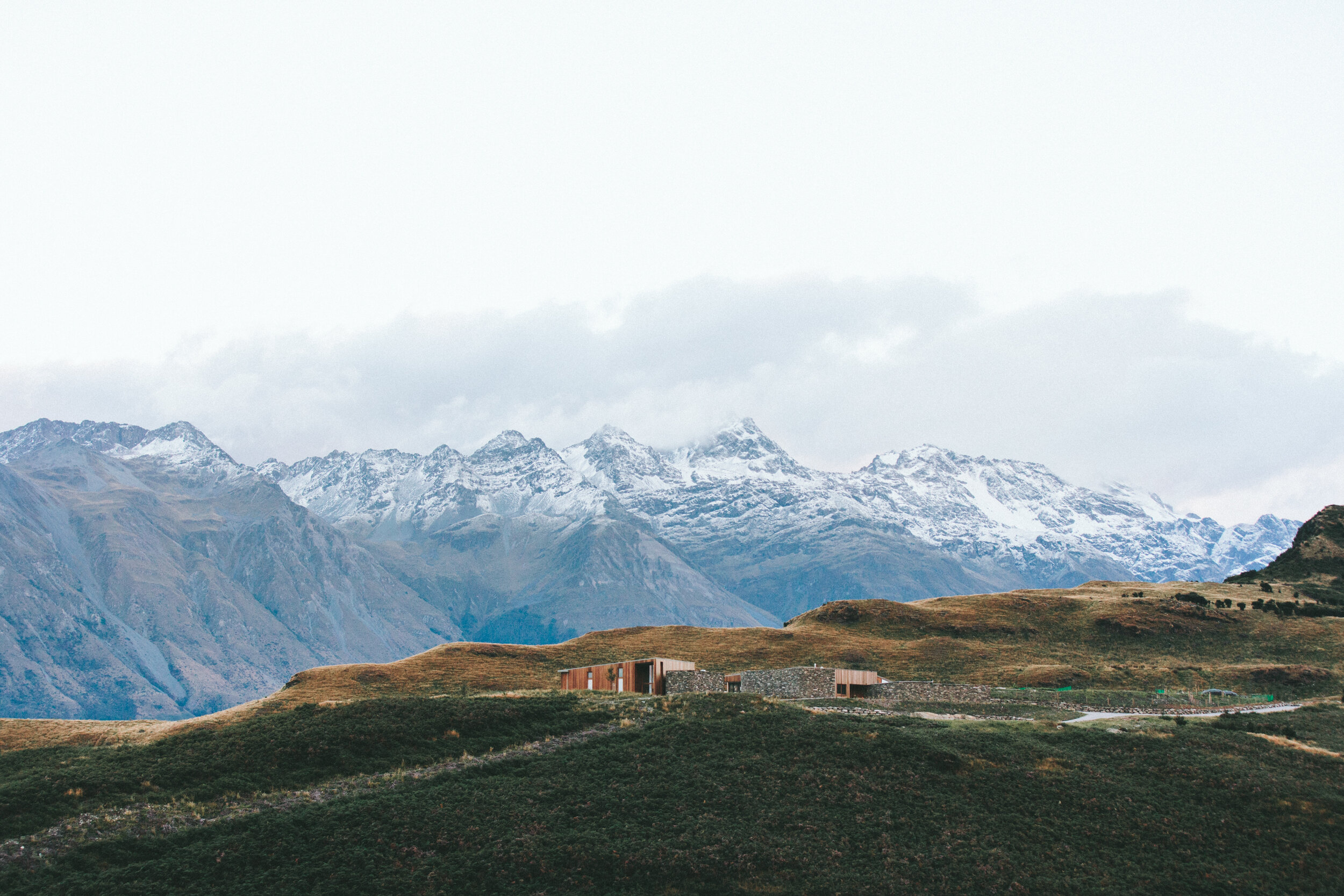
Identifying Environmental Inequalities
and Mapping Relevant Legal Resources
This student-run project aims to consolidate environmental injustice maps from Social Explorer and identify legal solutions for NGOs, researchers, and other students.
Photo by Havah Bernstein
-

Dream it.
Below are the locations of Disaster Recovery Centers which will assist those affected by the flooding.
-

Build it.
It all begins with an idea. Maybe you want to launch a business. Maybe you want to turn a hobby into something more.
-

Grow it.
It all begins with an idea. Maybe you want to launch a business. Maybe you want to turn a hobby into something more.
-

Sell it.
It all begins with an idea. Maybe you want to launch a business. Maybe you want to turn a hobby into something more.
Seismic Hazards
Earthquakes can cause significant and long-lasting damage to infrastructure, which means significant and long-lasting damage to people. Explore the information presented here to learn more about the unequal impact of this infrastructure damage caused by earthquakes in the United States and legal resources available.
Flooding
Flooding is becoming more frequent along the U.S. coastline, and the rate of increase is accelerating at most locations along the East and Gulf Coasts (EPA). Flooding can be a detrimental financial, physical, and emotional burden. This burden is not evenly distributed. Explore the information presented here to learn more about the unequal impact of flooding in the United States and legal resources available.
-
In an examination of the disaster loan process following the 1995 flooding in New Orleans, Childers (1999) found that poor elderly women were three times less likely than other elderly households to receive low-interest loans, even though these low-income elderly women were over-represented in the population applying to FEMA for the loans (Fothergill and Peek, 2003)
-
Description text goes here
-
Description text goes here
Parks and Open Spaces
As cities expand into forests, an important part of environmental justice becomes preserving open spaces. The benefits of parks are not equally accessible to all. Explore the information presented here to learn more about the unequal access to parks in the United States, the impacts of that inequality, and the legal resources available.
-
At the city level, researchers have long confirmed that park access is unequal. The size and location of parks can vary greatly from place to place, and a third of Americans in the 100 largest cities are more than a 10-minute walk from a park. City residents may also remain disconnected from parks depending on their income, education, and race (Kane and Tomer, 2019)
-
Description text goes here
-
Description text goes here